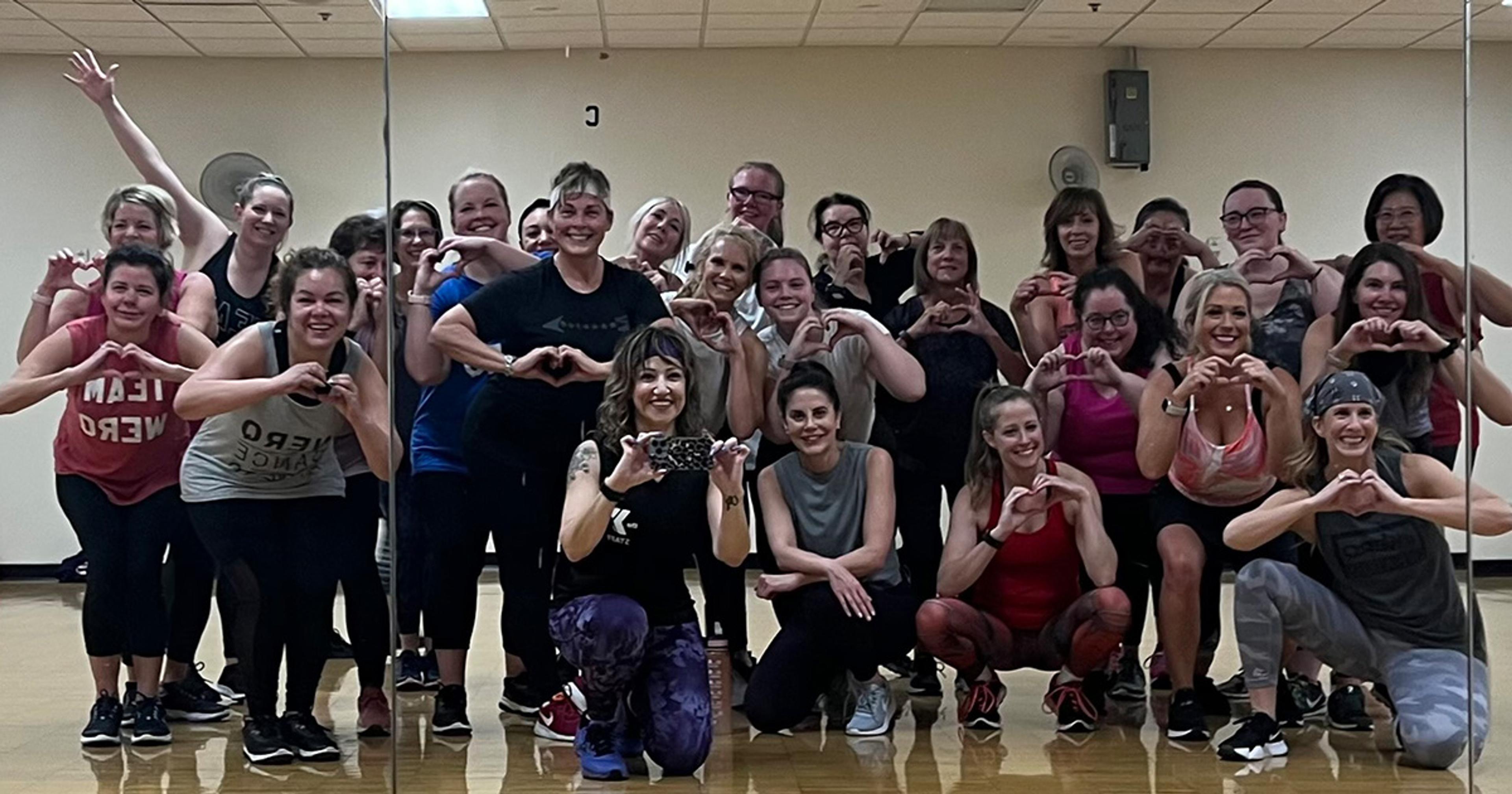Learn How to Take Your Own Fitness Test
Registered Dietician
| 5 min read

When you are on your own pursuit of healthiness, it is important to have a baseline point of what your fitness level is today. Evaluating your present health status is key to making healthy goals for yourself. Learn how you can go through your own fitness test to help you plan and propel into a healthier you.
What is a Fitness Test?
A fitness test is a series of physical tests to examine your current fitness level. By learning this, you will then be able to plan next steps to help advance your fitness level, which will also help you plan a regular exercise routine. Even before you take a fitness test, I always recommend doing some biometric screening. This includes measuring and recording your height, weight, body mass index (BMI), body fat percentage and some body measurements, to include the main muscle groups. By doing this, you will be able to take note of how your body is changing as you become more active.
There are a few basics to test the range of your current fitness level. They will test your cardiovascular ability, flexibility and strength.
- One mile run test – You will time yourself to test your cardiovascular ability by walking, jogging or running one mile. The goal is to do it as quickly as possible.
- Sit and reach test – This test is as simple as it sounds. You will sit on the ground with your legs straight in front of you, feet hip-width apart and flex them. From there, you will stretch your fingers as far past your toes as possible and measure it. The heel of your flexed foot will be the zero mark of measurement. This will test your flexibility.
- Push up test – During this test, you will do as many traditional push ups as possible in proper form without stopping. You decide the pace you want to do the push ups, but be sure to keep counting. This will test your strength.
- Crunch test – This is a timed test. You will do as many crunches as quickly as possible with proper form in a 60 second time period. This will test core strength.
There are a few other tests you can do, including a plank test to further test your core; a functional test where you go from sitting on the floor to standing without touching the ground to test your balance. There are a variety of tests that you can include besides the standard four tests above, depending on what you want to focus on with your fitness goals.
How do I know my Fitness Level?
Use the charts below to gauge how you did on the fitness tests, make sure to look under your gender and age, if specified. This will give you a great idea of your current physical fitness abilities.
One Mile Run Test
Ratings for Men, Based on Age
Age
20-29
30-39
40-49
50-59
60-69
70+
Excellent
<11:54
<12:24
<12:54
<13:24
<14:06
<15:06
Good
11:54-13:00
12:24-13:30
12:54-14:00
13:24-14:24
14:06-15:12
15:06-15:48
Average
13:01-13:42
13:31-14:12
14:01-14:42
14:25-15:12
15:13-16:18
15:49-18:48
Fair
13:43-14:30
14:13-15:00
14:43-15:30
15:13-16:30
16:19-17:18
18:49-20:18
Poor
>14:30
>15:00
>15:30
>16:30
>17:18
>20:18
Ratings for Women, Based on Age
Age
20-29
30-39
40-49
50-59
60-69
70+
Excellent
<13:12
<13:42
<14:12
<14:42
<15:06
<18:18
Good
13:12-14:06
13:42-14:36
14:12-15:06
14:42-15:36
15:06-16:18
18:18-20:00
Average
14:07-15:06
14:37-15:36
15:07-16:06
15:37-17:00
16:19-17:30
20:01-21:48
Fair
15:07-16:30
15:37-17:00
16:07-17:30
17:01-18:06
17:31-19:12
21:49-24:06
Poor
>16:30
>17:00
>17:30
>18:06
>19:12
>24:06
Sit and Reach Test
men
women
cm
inches
cm
inches
super
> +27
> +10.5
> +30
> +11.5
excellent
+17 to +27
+6.5 to +10.5
+21 to +30
+8.0 to +11.5
good
+6 to +16
+2.5 to +6.0
+11 to +20
+4.5 to +7.5
average
0 to +5
0 to +2.0
+1 to +10
+0.5 to +4.0
fair
-8 to -1
-3.0 to -0.5
-7 to 0
-2.5 to 0
poor
-20 to -9
-7.5 to -3.5
-15 to -8
-6.0 to -3.0
very poor
< -20
-8.0
< -15
< -6.0
Push Up Test
Men
Age: 20-29
Age: 30-39
Age: 40-49
Age: 50-59
Age: 60+
Excellent 54 or more 44 or more 39 or more 34 or more 29 or more Good 45-54 35-44 30-39 25-34 20-29 Average 35-44 24-34 20-29 15-24 10-19 Poor 20-34 15-24 12-19 8-14 5-9 Very Poor 20 or fewer 15 or fewer 12 or fewer 8 or fewer 5 or fewer
Women
Age: 20-29
Age: 30-39
Age: 40-49
Age: 50-59
Age: 60+
Excellent 48 or more 39 or more 34 or more 29 or more 19 or more Good 34-48 25-39 20-34 15-29 5-19 Average 17-33 12-24 8-19 6-14 3-4 Poor 6-16 4-11 3-7 2-5 1-2 Very Poor 6 or fewer 4 or fewer 3 or fewer 2 or fewer 1 or fewer
Abdominal Crunch Test
Males
Age 18-29 30-39 40-49 50-59 60-69 Excellent 58-71 53-64 47-57 41-50 35-43 Good 47-57 41-52 37-46 32-40 28-34 Average 35-46 28-40 26-36 22-31 19-27 Fair 20-34 14-27 14-25 12-21 10-18 Poor 0-19 0-13 0-13 0-11 0-9
Females
Age 18-29 30-39 40-49 50-59 60-69 Excellent 53-66 48-59 41-50 35-43 29-36 Good 42-52 37-47 32-40 27-34 23-28 Average 30-41 25-36 22-31 17-26 15-22 Fair 16-29 13-24 12-21 8-16 6-14 Poor 0-15 0-12 0-11 0-7 0-5
Resources: American Council of Exercse and American College of Sports Medicine
Once you do your initial fitness test set some goals to help you improve. Remember it is important to test yourself again every 3-6 months, to see how you are improving with your new workout routine.
Photo credit: brett lohmeyer via Flickr





